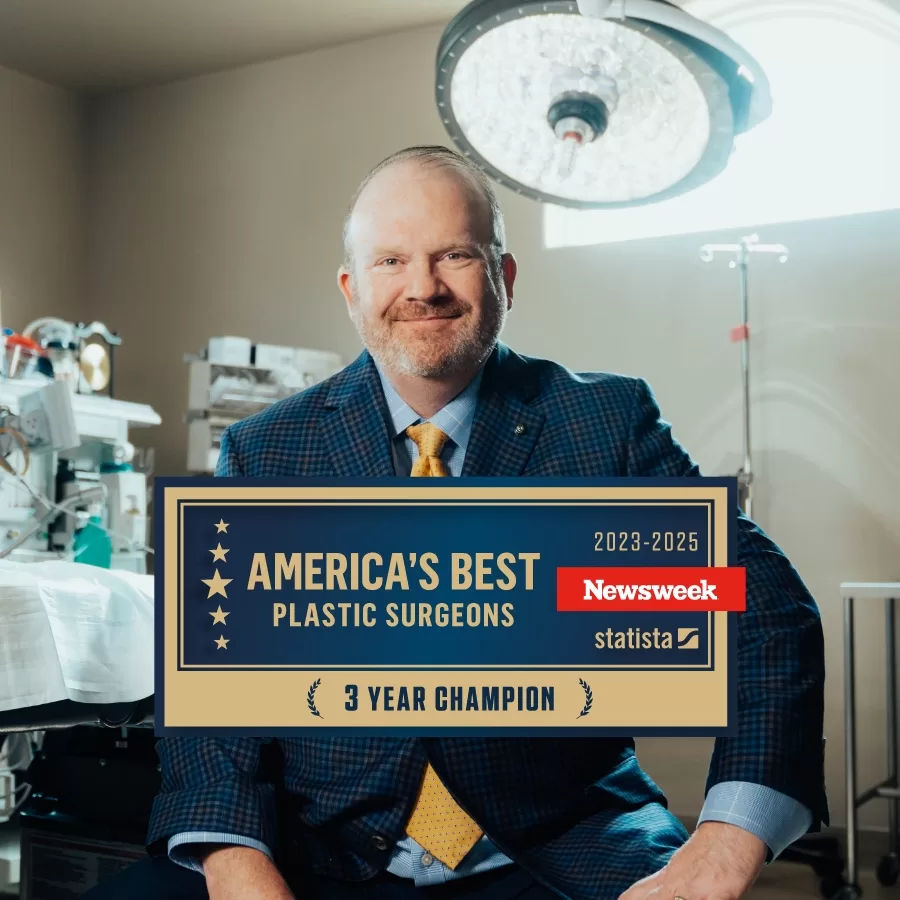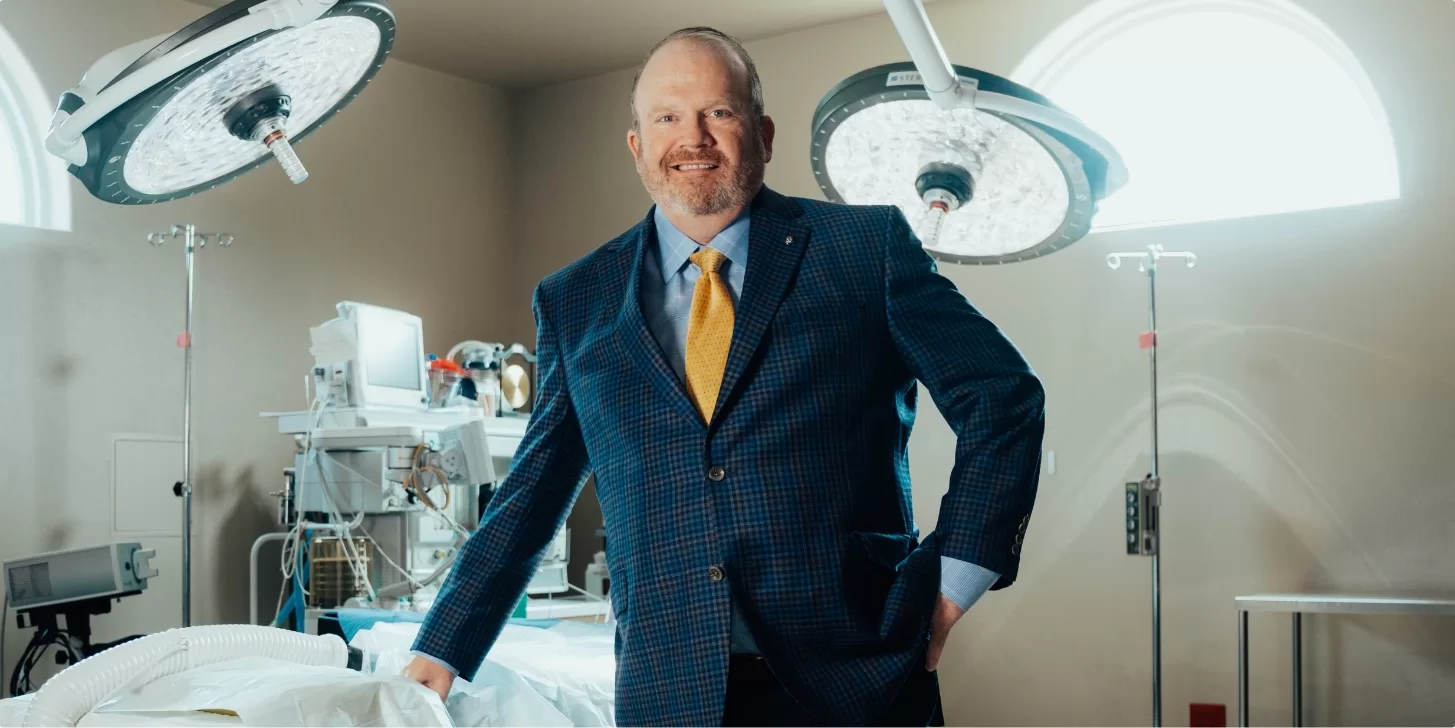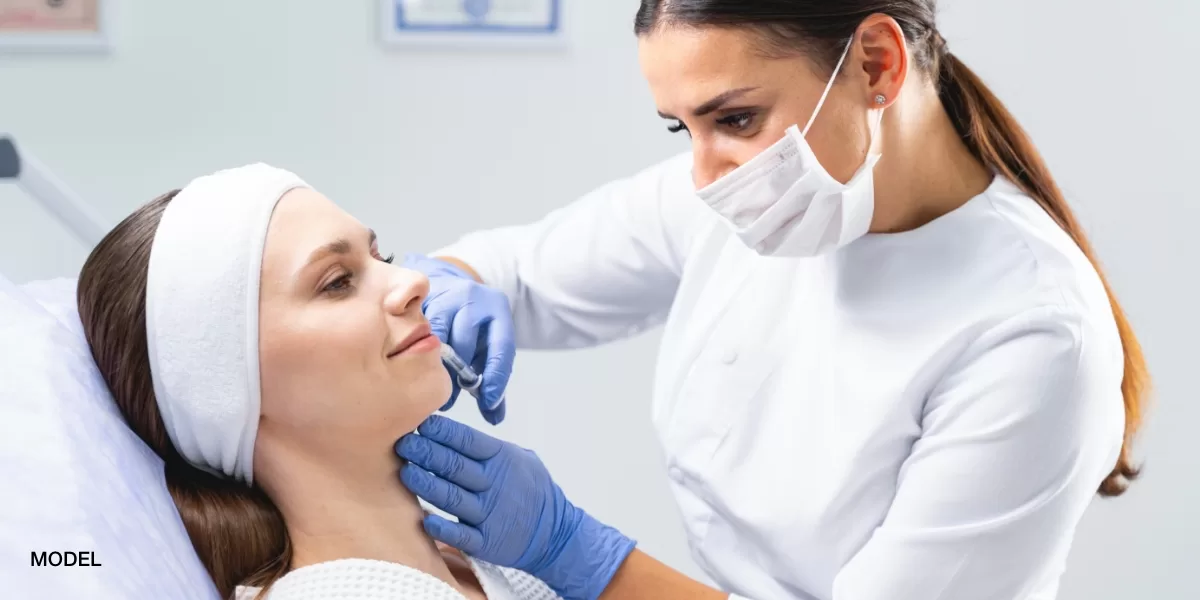In a recent Instagram Reel (watch below), Dr. Isakson breaks down a trending phrase that’s stirred curiosity in the world of cosmetic surgery: “half under the muscle,” as mentioned by Kylie Jenner when describing her breast implants. While it may sound informal or even medically vague, this term points to a well-established surgical technique known as the dual plane approach.
So what does it mean, and why does it matter?
Understanding Implant Placement Options
Breast augmentation surgery offers several different implant placement options, each designed to achieve specific aesthetic goals and accommodate different body types:
- Subglandular (Above the Muscle): Implants are placed behind the breast tissue but above the pectoral muscle. This approach is also known as subfascial or a tissue-preserving technique. This technique avoids changing the muscular anatomy of your chest, which helps prevent animation deformity (unnatural movement when the muscle flexes), allowing for a more natural appearance when moving.
- Total Submuscular (Fully Under the Muscle): This technique places the entire implant beneath the pectoral muscle. While it offers more coverage, it is effectively not used by modern surgeons with few exceptions. Because the muscle is not naturally round, this approach can leave a distorted-looking breast.
- Dual Plane (Partially Under the Muscle): This hybrid technique, which is often described casually as “half under the muscle,” positions the upper part of the implant under the muscle (covering the cleavage area) and the lower part under the breast tissue. This is probably the dominant technique in the U.S. and can reduce rippling only in the upper pole.
Kylie Jenner & the Rise of “Half Under the Muscle”
Kylie Jenner’s reference to her implants being “half under the muscle” may not have used technical terminology, but it resonated with many because it accurately describes what’s happening anatomically in the dual plane method.
In the Instagram video mentioned above, Dr. Isakson clarifies that this is not a new or experimental procedure, but rather a modern interpretation of an approach plastic surgeons have used for years.
With modern implants, the right surgical technique, and appropriate patient choice, a beautiful and natural slope (or a rounded appearance) is possible using subglandular or dual plane techniques.
Who Benefits from These Techniques?
The choice between a dual plane and a subglandular/tissue-preserving technique is highly personalized.
Subglandular/tissue-preserving techniques are often favored because they avoid animation deformity, which allows for a more natural appearance when you move. The future of implants lies in these tissue-preserving techniques and the use of soft tissue support to provide longevity.
However, the dual plane method is still especially valuable for:
- Thinner patients with limited soft tissue coverage
- Individuals seeking upper pole fullness
- Those looking to reduce implant visibility or rippling in the upper pole
It’s essential to note that, even with the dual-plane approach, the implant remains susceptible to rippling or visibility in the lower/outer quadrants.
As for revision surgery, the best placement depends entirely on the specific problem and the patient’s goals. We will use either plane (and sometimes change planes) during a revision to achieve the best outcome.
Why Terminology Matters
Understanding the differences between subglandular, submuscular, and dual plane placement empowers you to make informed decisions. With terms like “half under the muscle” entering public discourse thanks to celebrities and influencers, it’s important to demystify the language used around cosmetic procedures.
While pop culture can influence how we talk about surgery, a consultation with a board-certified plastic surgeon remains the best way to understand what technique is right for your unique goals and anatomy.
Modern Breast Augmentation
As breast augmentation continues to evolve, so too does the language we use to describe it. “Half under the muscle” might not be a textbook term, but it reflects a genuine (and often preferred) surgical technique.
Want to learn more?
And if you’re considering breast augmentation, don’t hesitate to schedule a consultation with a qualified plastic surgeon, like Dr. Decherd or Dr. Isakson of San Antonio Plastic Surgery, who can walk you through your options and help determine the best approach for your body and goals.







